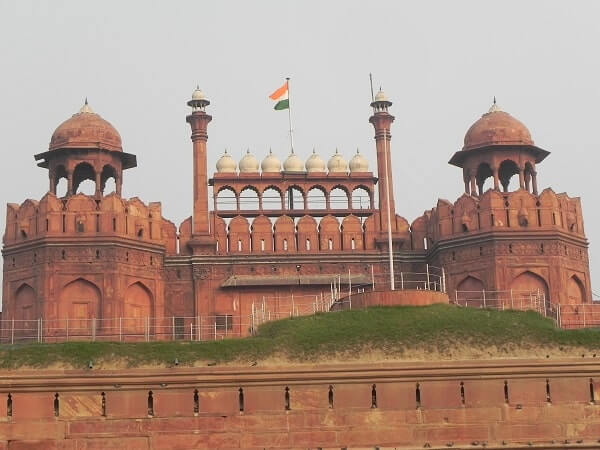On 24 August 1608, the British landed in India as humble traders, soon shifted their interest into making territorial gains, and finally stayed back as ruthless rulers of the land until granting it independence in 1947. The long-drawn struggle for India’s freedom is associated with many iconic landmarks where battles were fought, blood spilled, lives lost and Mahatma Gandhi’s non-violence movement thrived. The modern generation may not be aware of these places.
As an avid traveller, I list some of them here, so that they know the significance of each in the making of today’s India. If interested further, they can visit these locations when opportunity strikes to pay respect and express some gratitude towards the freedom fighters.
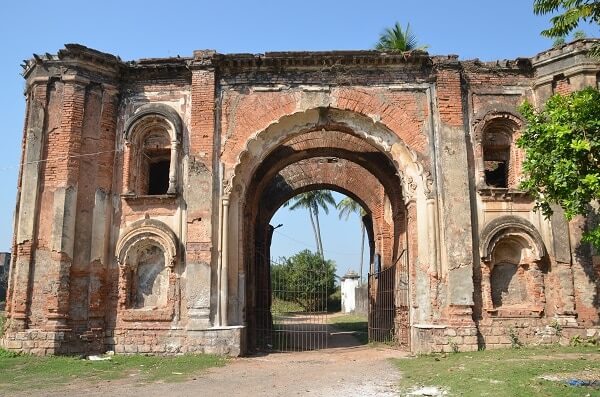
Murshidabad, West Bengal
The British presence was in effect cemented in India at this riverfront settlement on 23 June 1757. This date marks the end of the infamous Battle of Plassey fought at a nearby mango grove, between the British who were based 150km away in Calcutta (now called Kolkata) and Nawab Siraj-ud-Doula, then the powerful ruler of Bengal. Murshidabad was his bustling capital. The battle ended without many gunshots fired as the British bribed the Nawab’s army to throw their weapons and surrender prematurely. Independent India’s first Prime Minister Jawaharlal Nehru described this mockery of a combat as “an unsavory beginning” of British rule in India. Full of dilapidated palaces and monuments, it may be a shabby district town today, but remains an iconic landmark in India’s freedom struggle. It draws visitors to narrate stories of lust and passion, greed and power that changed the fate of a nation for centuries ahead.
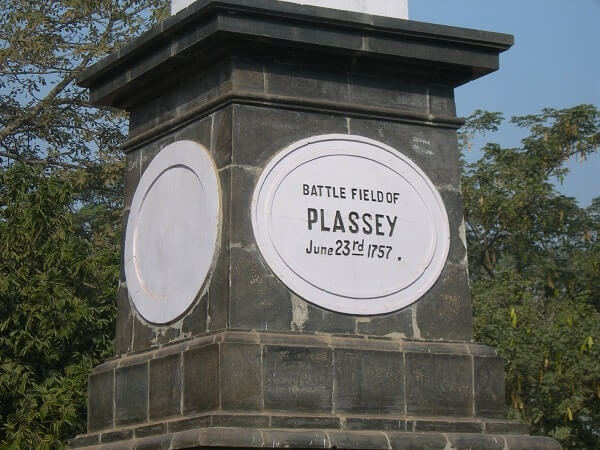
Barrackpore, West Bengal
The first strike of India’s independence was the ‘Sepoy Mutiny’ which began in 1857 at this army barrack located 24 km north of Kolkata, when a Hindu soldier Mangal Pandey refused to follow the orders of his British commanders to bite the rifle cartridge rumoured to be greased with beef fat. Soon other native soldiers followed suit. Mangal Pandey was court-martialled and hanged on April 8, 1857, but by then the rebellion had spread into other cantonments in the country. Filmmaker Amir Khan’s 2005 blockbuster hit Mangal Pandey: The Rising is worth watching to learn more about this patriot and the uprising he began.
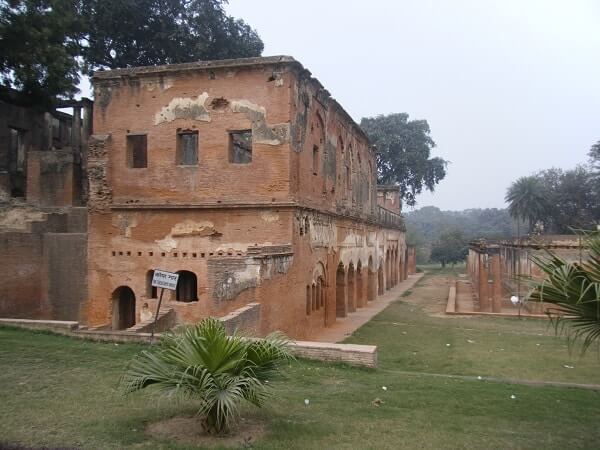
Lucknow, Uttar Pradesh
Standing on the banks of River Gomti, this North Indian city was founded in 1775 as the capital of Awadh, an independent sovereignty. However, the state was annexed to the expanding British Empire in 1856 with a large army base. When the ‘Sepoy Mutiny’ moved in, the rebel soldiers killed 2000 British people who took refuge inside the British General’s residence. The walled compound, called Residency now, still stands as it was in 1857 with ruins of many buildings marked with bullet wounds. Like Gallipoli, it’s a place of pilgrimage for the visitors from the UK while for many Indians it’s a site of bravery and courage. Unfortunately, the mutiny was brutally ended with the killing of almost all the rebels. The result of this was abolition of the East India Company in favour of the direct rule of India by the British government.
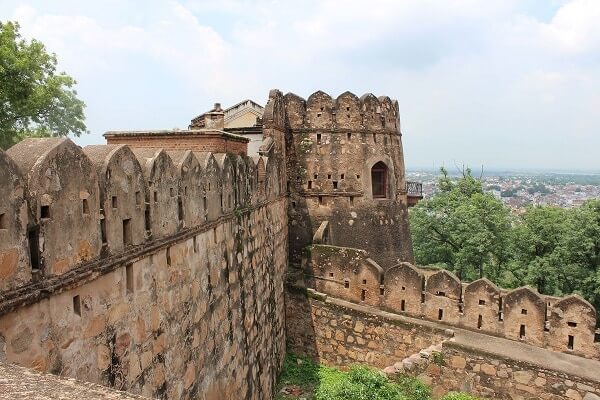
Jhansi, Uttar Pradesh
Dotted 300km south of Lucknow, this city famously connects with the reign of legendary Rani Laxmi Bai, the queen who fought the British heroically during the Sepoy Mutiny from the ramparts of a majestic fort built 250 years earlier by her predecessors. One of India’s most illustrious citadels, this fort survived heavy bombardment by the British forces and stands gallantly today as an emblem of India’s first battle for Independence.
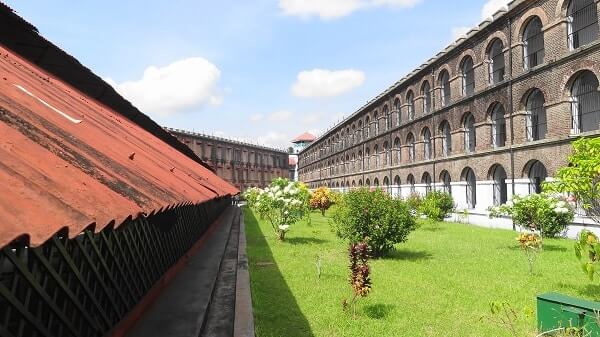
Cellular Jail, Andaman & Nicobar Islands
Built after the Sepoy Mutiny as a penal colony, particularly for the freedom fighters, the remotely located Cellular Jail stands today as a witness of British barbarism. Thousands imprisoned there were inhumanly tortured and executed. Today it’s a national monument where a sound and light show honours the freedom fighters and narrates their heroic tales while behind the bars there.
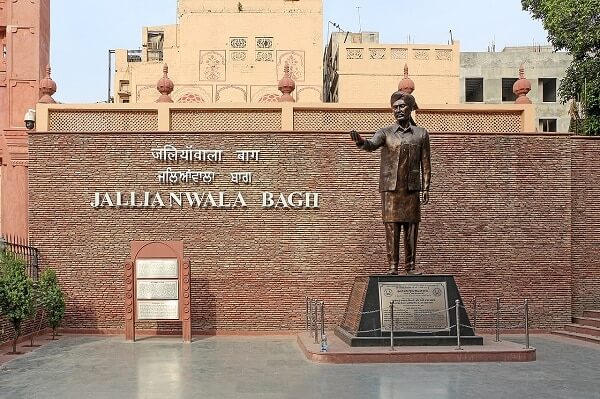
Jallianwala Bagh, Punjab
The mass extermination of thousands of freedom fighters who gathered for a protest meeting inside Jallianwala Bagh, a walled garden arena in the Golden Temple city Amritsar on 13 April 1919, marked a turning point in India’s modern history and left a permanent scar on Indo-British relations.
British army officer Dyer on that fateful day blocked all the exits from the venue and opened fire on innocent people. The garden is a national monument now where the bullet marks can still be seen on the walls of the garden.
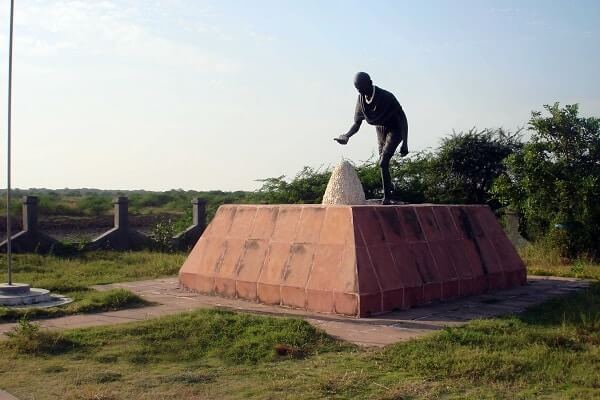
Dandi, Gujarat
The 1882 Salt Act gave the British a monopoly in the manufacture and sale of salt. Even though salt was freely available on Indian coasts, Indians were forced to buy it from the colonisers. Dandi, a village near Surat, was a salt mine. While driving his non-violent movement against the British, Gandhiji decided to march on foot with his followers from his ashram in Sabarmati near Ahmedabad to Dandi to break the Salt Law. The 386km march with thousands of people took 24 days. Reaching Dandi on 5 April 1930, Gandhi marched into the sea and picked up lumps of natural salt. The act was symbolic but became a turning point in the Indian independence movement.
READ ALSO: Gandhi’s Delhi: where to discover more about Gandhiji in the capital
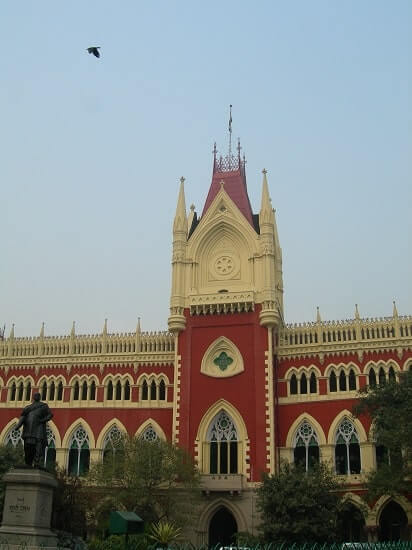
Calcutta, West Bengal
As the capital of British India until 1911, Calcutta was the stage for many liberation movements to get the British ousted. The four buildings which still stand as silent witness to this spirit of freedom are the Lalbazar Police Headquarters where police atrocity was cultivated, the High Court where the freedom fighters were trialled, Alipore Jail where many were imprisoned and some executed, and the Writers Building from where orders were issued.
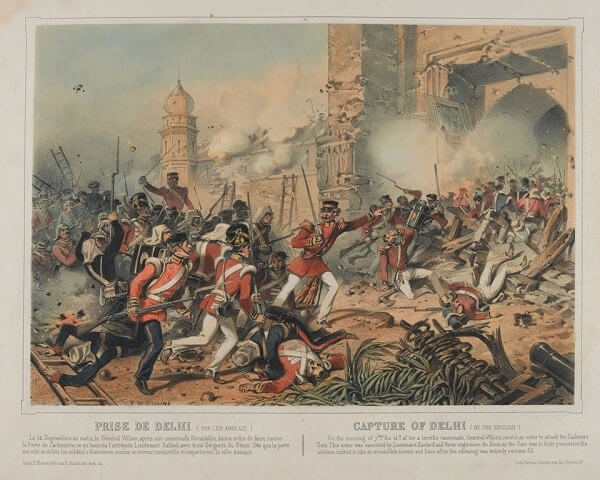
Red Fort Delhi
“At the stroke of the midnight hour, when the world sleeps, India will awake to life and freedom.” This historic statement was made by Nehru during a broadcast prior to raising the Indian Tricolour from the Red Fort in Delhi on the morning of 15 August 1947, marking India’s independence from British rule. Since then, this 17th century bastion, which is one of the city’s top tourist attractions, acts as the setting for Independence Day celebrations every year.
READ ALSO: William Dalrymple on the East India Company
Link up with us!
Indian Link News website: Save our website as a bookmark
Indian Link E-Newsletter: Subscribe to our weekly e-newsletter
Indian Link Newspaper: Click here to read our e-paper
Indian Link app: Download our app from Apple’s App Store or Google Play and subscribe to the alerts
Facebook: facebook.com/IndianLinkAustralia
Twitter: @indian_link
Instagram: @indianlink
LinkedIn: linkedin.com/IndianLinkMediaGroup



